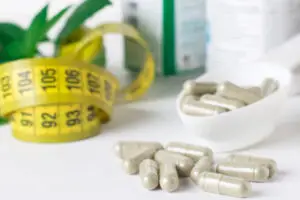
Preventing Nutrient Depletion While Taking GLP-1 Medications
GLP-1 receptor agonists, such as semaglutide, tirzepatide. and liraglutide, have become widely used in weight management and diabetes care, offering

GLP-1 receptor agonists, such as semaglutide, tirzepatide. and liraglutide, have become widely used in weight management and diabetes care, offering

1945 State Street
New Albany, IN 47150
Monday–Friday
9am–6pm EST
Saturday
9am-1pm EST
The content and photographs on this website are copyrighted or licensed material and may not be downloaded for other than personal use. Retransmission, republication, reproduction or any other use of the content or photographs is prohibited.
©Westmoreland Pharmacy
Website Development by Storey Marketing.